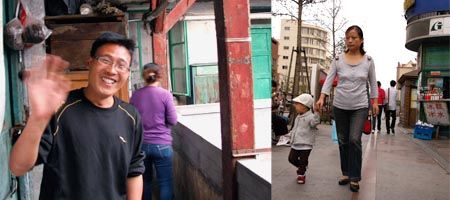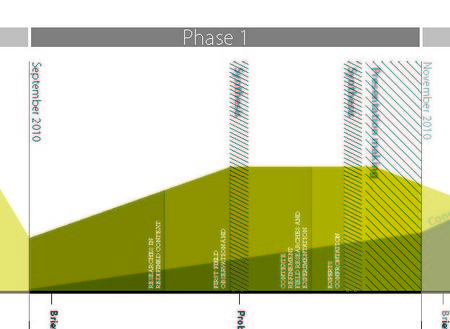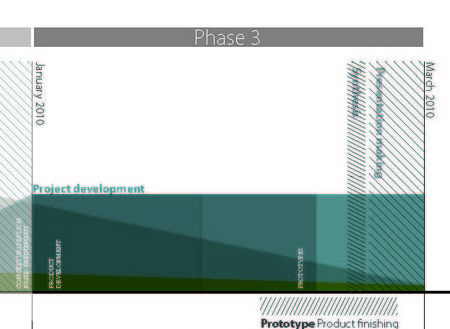Home made guest house
Picture 1 /////////////////////////////////////////////////////////////////////// Guest house in Beijing suburban area.
Owning by an old women helping by three āyí (house keeper), this guest house is one of the numerous temporary housing you can find in and nearby Beijing (usually from 6 months to 2 years). Discussing with people I learned that most of people choosing this temporary accomodation are people coming from the country side. Decided to live with very low cost housing for a while in order to be able to buy one in the future. Regarding the context you can also find other customer profile, like for exemple, around Tsinghua university there is many graduated students who decided to pursuie their study and have to live there because dormitory are dedicated to first cycle students.
But the most interesting aspect of this kind of guest house is the way it evolve.
Picture 2 /////////////////////////// Example of the evolution of the guest house previously presented
I can realized that most of this building wasn't desitaned to be guest house from the begining. Here is a simplification building evolving steps.
+1: Original building: originaly house or farm, this part has been built by construction company or people themself. Strong long life strucure.
+2: Extension 1: Here is the first extension built most of time by the first owner himself. Based on same construction principales it had been designed to welcome new child or grand parents moving from country side to cities.
+3: Extension 2: Could be storage, bicycle parking lot or other functional spaces.
+4: Extension 3: New floor. It depend on the period of construction but an interesting case is when people use prefab solution and make it fit directly on the 1st floor ( cf: picture 3).
+5: Extansion 4: Buying by the actual owner, the house had transforming to guest house. Then the main point had been to optimize the space. 4 more rooms made with prefab solutions had been add replacing an vegetable garden. The building had been partitionate in full of as small as possible rooms. Today the whole block count 35 rooms.
I had also observed this incredible ability to expanse building in many other cases (Historic districts: Hutong in Beijing, Jimolu in Qingdao / Country side: Qingdao and Beijing country side and suburban area.)
Picture 3 ///////////////////////////////////////////////////////////////////////////////////////////////////// Prefab second floor
Strong community
The second aspect I had been interested in is the strong community developped in these guest house. Students cohabit with working peoples and every body respect Nai nai (grand mother in Chinese) as every body call the place owner. Every body share the same shower, the same living room or toilets in a friendly atmosphere. Some shift had been organized by guests themselves which permit this community to run well.
When we ask them, people living there want to find a new place to live because they feel don't safe with renting. But they know they will sorely find an other place based on friendly community. Old people even regret their country side where everyone know his neighboor.










 ="0" alt="CONNEXIONS_n54" width="194" height="272" />
="0" alt="CONNEXIONS_n54" width="194" height="272" />




